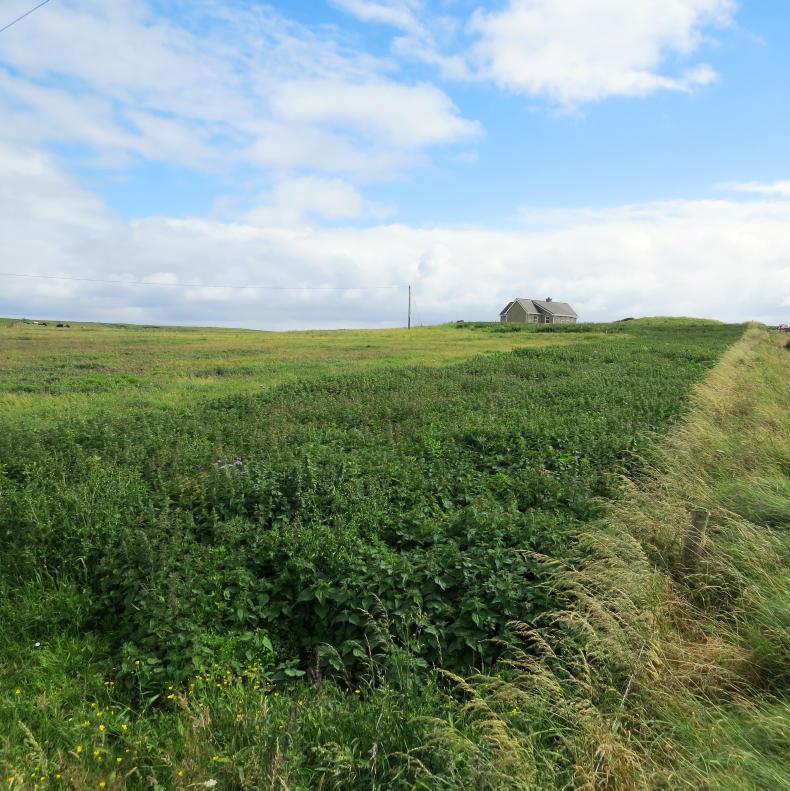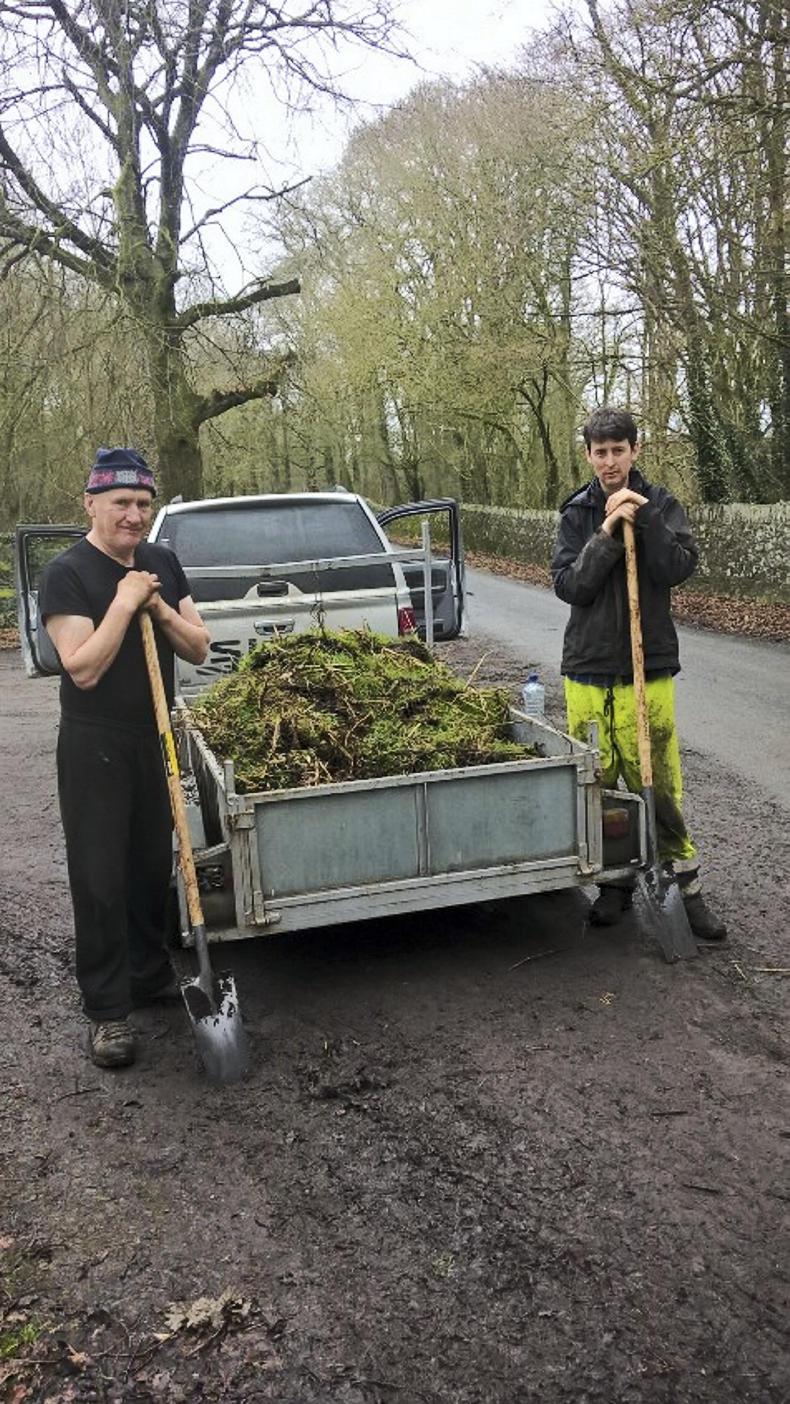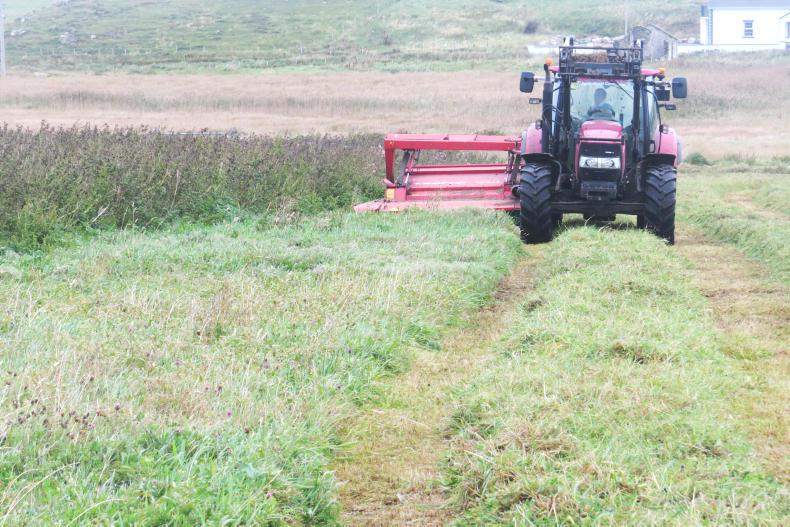
LOYALTY CODE:
The paper code cannot be redeemed when browsing in private/incognito mode. Please go to a normal browser window and enter the code there

LOYALTY CODE:
The paper code cannot be redeemed when browsing in private/incognito mode. Please go to a normal browser window and enter the code there
This content is copyright protected!
However, if you would like to share the information in this article, you may use the headline, summary and link below:
Title: Meet the farmer paid to sow a crop of nettles
Feargal Ó Cuinneagáin is on a mission to create the perfect habitat for corncrakes in Co Mayo.
https://www.farmersjournal.ie/meet-the-farmer-paid-to-sow-a-crop-of-nettles-263442

ENTER YOUR LOYALTY CODE:
The reader loyalty code gives you full access to the site from when you enter it until the following Wednesday at 9pm. Find your unique code on the back page of Irish Country Living every week.

CODE ACCEPTED

You have full access to farmersjournal.ie on this browser until 9pm next Wednesday. Thank you for buying the paper and using the code.

CODE NOT VALID
Please try again or contact us.
For assistance, call 01 4199525
or email subs@farmersjournal.ie
Sign in

Incorrect details
Please try again or reset password
If would like to speak to a member of
our team, please call us on 01-4199525
Reset
password
Please enter your email address and we
will send you a link to reset your password

If would like to speak to a member of
our team, please call us on 01-4199525
Link sent to
your email
address
![]()
We have sent an email to your address.
Please click on the link in this email to reset
your password. If you can't find it in your inbox,
please check your spam folder. If you can't
find the email, please call us on 01-4199525.
![]()
Email address
not recognised
There is no subscription associated with this email
address. To read our subscriber-only content.
please subscribe or use the reader loyalty code.
If would like to speak to a member of
our team, please call us on 01-4199525
 This is a subscriber-only article
This is a subscriber-only article
Update Success !





March is a busy month for vet Feargal Ó Cuinneagáin, but unlike for many vets, it’s got nothing to do with calving or lambing.
The Limerick native has taken a month off work to do something that is the complete opposite of what most farmers would ever do – sow a crop of nettles.
Part-time farmer Ó Cuinneagáin bought a 25-acre farm close to Belmullet in Co Mayo in 2011, and since then he has set about creating the perfect habitat for the rare corncrake.
“The corncrakes fly from Africa back to Ireland and they need a cover of 20cm high vegetation. Without cover they are very vulnerable to predation from crows and foxes,” he explains. “Plants like irises, hogweed and nettles are ideal, not rank vegetation like rushes, grass or brambles.”
Harvesting nettle roots
For the past fortnight, Ó Cuinneagáin has been harvesting nettle roots from a stud farm in Kildare. The roots are dug out by hand using a shovel, washed to remove the soil and any stray grasses clinging to the nettles, and then packed for the journey to Co Mayo.
This year he will move six van-loads of nettle roots from Kildare to Belmullet.

“The corncrake prefers a cover that is nearly all nettles,” the vet explains. “In Mayo, I pre-spray a patch of ground, break up the nettle roots and use spent mushroom compost and dung to help them grow.”
“Around 10% of the farm is under nettles and I will increase that incrementally every year so that I have a top-quality monoculture of nettles. I’ve got 25 acres and I’d like to have one-third of it in nettles eventually. There is a direct correlation between corncrake numbers and the area of nettles,” he says.

I’ve got 25 acres and I’d like to have one-third of it in nettles eventually.
Ó Cuinneagáin is one of a handful of farmers in Ireland who are in the NPWS Corncrake Farm Plan Scheme, which he describes as “a sort of souped-up GLAS scheme”.
Open only to farmers in designated special areas of conservation (SACs) in counties Donegal and Mayo, the scheme is worth €11,000 annually to the vet.
In addition to sowing crops of nettles and irises, he must also delay mowing of hay until 1 September every year. When mowing, he must cut the hay or silage from the centre of the field outwards and mow at a speed of less than 8km/h.

Corncrakes are incredibly secretive birds, rarely seen and often only identified by their calling. They hate to break cover and so mowing from the centre of the field outwards helps the chicks and their parents escape the mower without having to be seen.
The male birds arrive from Africa in April, setting out the territory before the females arrive. Each hen will lay two clutches of eight to 12 eggs, the first in May/June and the second in late July.
Despite being migratory birds, the corncrake is a surprisingly poor flier, accounting for its low survival rate of just one to two years.
Call of the corncrake
The ‘kerrx-kerrx’ call of the corncrake has been likened to two cheese graters rubbed together.
In 2016, two male corncrakes were heard calling on Ó Cuinneagáin’s farm, making his farm home to 3% of the Connacht corncrake population.

“I live in Dublin and last year I got three phone calls from local farmers when they heard the first corncrake call,” he says. “There is a fierce pride among farmers in Belmullet that the corncrake is still alive around here.”
SHARING OPTIONS: